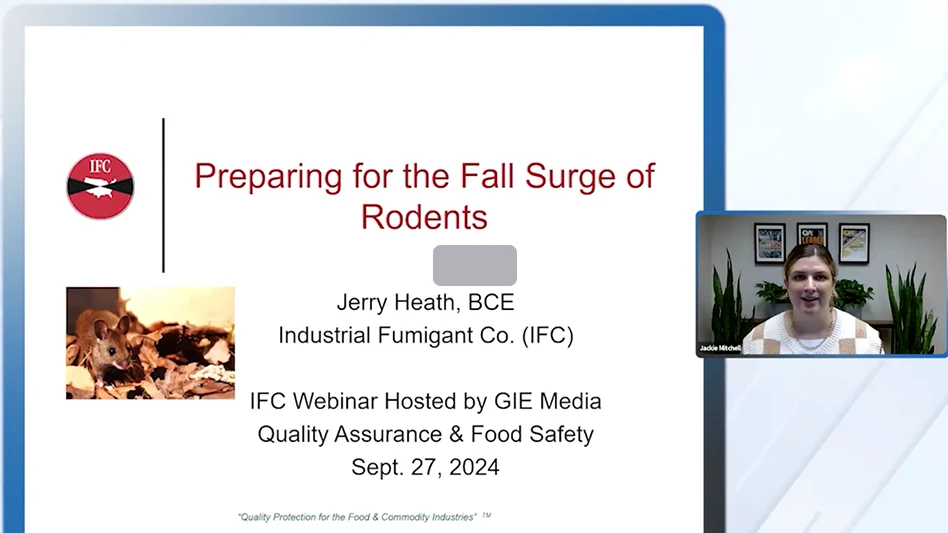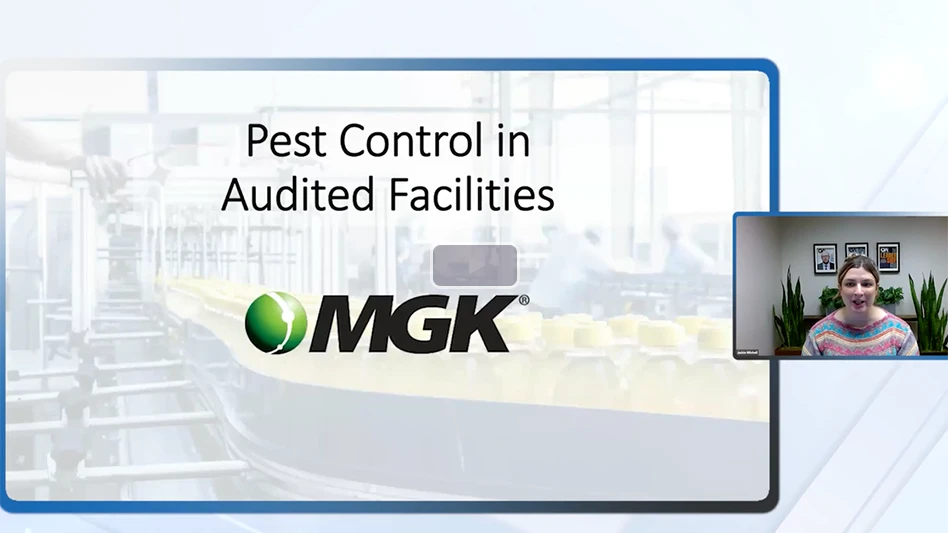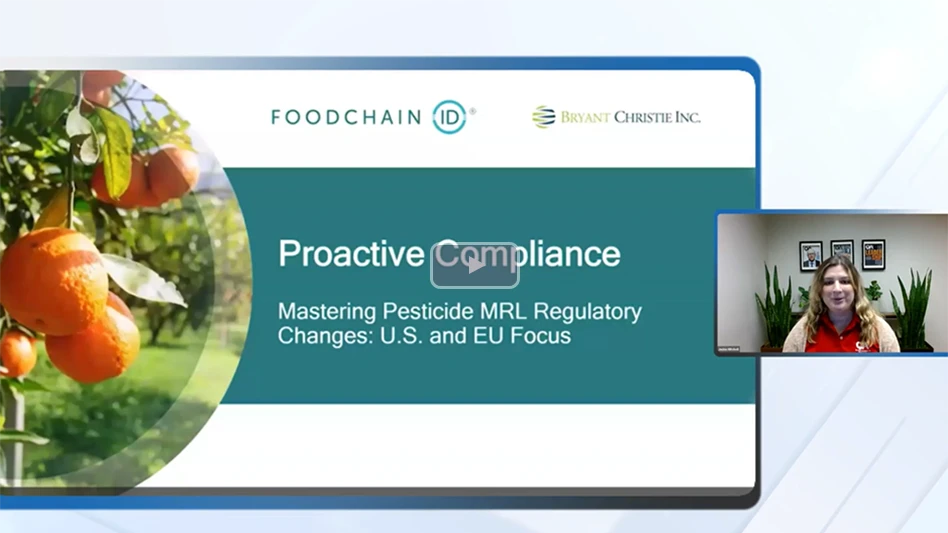
DriSteem Adiatec ultrasonic humidifiers are an excellent solution for many applications in the food industry. Click to watch a video about how these humidifiers work and the benefits they offer.
Maintaining proper humidity levels is crucial in food storage and processing facilities, as low or fluctuating relative humidity (RH) levels can lead to a multitude of problems. Low RH can cause food dehydration, which accelerates spoilage and encourages the growth of harmful bacteria, particularly in fresh produce with high water content. Cracking and splitting in food products, particularly in baked goods and confectionery items, is another consequence of low RH.
Beyond affecting food quality, low RH can also damage equipment and affect worker well-being. Metal equipment is susceptible to corrosion under low RH conditions, leading to equipment failure and costly repairs. Workers may experience discomfort due to the dry air, potentially reducing productivity and increasing absenteeism.
Protect your facility against these issues and the associated costs to your bottom line. DriSteem, a trusted manufacturer of humidity control systems, offers a complete line of humidifiers, dehumidifiers, and water treatment systems backed by expert representatives ready to support the unique needs of your facility. Learn more and connect with your local DriSteem representative at www.dristeem.com/find-a-rep.
Latest from Quality Assurance & Food Safety
- Sprague Pest Solutions Shares How Digital Tools Can Help Food Facilities Fight Pests
- Mississippi Poultry Flock Tests Positive for H7N9 in First Outbreak Since 2017
- Bird Flu Not Detected in Interim Results from Aged Raw Milk Cheese Research
- FDA Intends to Extend Compliance Date for Food Traceability Rule
- HHS, FDA Announce Chemical Contaminants Transparency Tool for Foods
- HHS, FDA Announce Operation Stork Speed to Expand Options for Infant Formula
- Bio-Rad Launches XP-Design Assay Salmonella Serotyping Solution for Food Safety Testing
- RFK Directs FDA to Explore Elimination of GRAS Rule ‘Loophole’ for Food Ingredients











